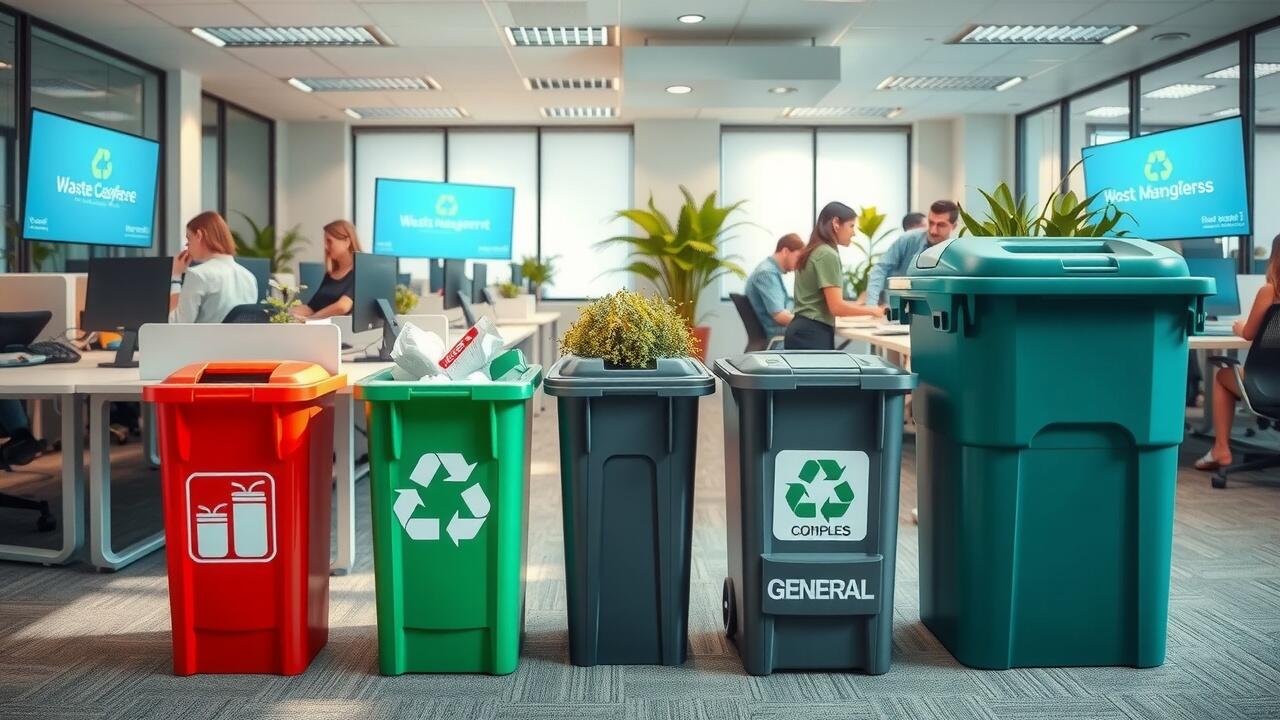What to Include in Your Office Waste Management Policy
When most people hear “waste management policy,” their eyes kind of glaze over. It sounds like one of those dusty binders that sits on a shelf forever. But here’s the real truth—it’s not about some vague “going green” initiative or feel-good corporate messaging. It’s a practical business tool. It cuts overhead, makes the office run smoother, and honestly, keeps you out of trouble.
But a policy without a real plan? That’s just paper. Here’s what I’ve learned about making one that actually works.
Why a Formal Policy Is Your Key to Efficiency (Not Just “Being Green”)
Let’s be honest—the sustainability angle is nice, but businesses still have businesses to run. I was skeptical too, until I saw the numbers. This is where a policy stops being a “nice-to-have” and starts becoming a real efficiency booster.
It creates real cost savings: A good policy points out exactly where you’re overspending on waste and shows opportunities—like recycling—to cut down landfill fees.
It ensures legal compliance: You stay ahead of local and state rules for proper disposal and recycling.
It streamlines operations: No more guesswork. Employees and custodial staff know what goes where, which keeps the workplace cleaner and more efficient.
It boosts your brand: It shows clients, partners, and new hires that your company is responsible and intentional.
The First Step: You Can’t Write a Policy Without Data
You can’t just sit down and start writing rules. I nearly did—and it would’ve been a mess. You need a baseline. Don’t guess. Actually look at what you’re tossing out. That’s your waste audit, and it’s the only way to get the real picture.
This is where the “aha” moments happen. I remember one audit where almost half of what we thought was “trash” was actually clean cardboard. Not trash—a resource. That kind of insight makes your goals realistic. It’s your “before” photo, and it’s how you’ll prove the whole thing worked.
Need baseline data? Frontier Waste Solutions offers full waste audits to give you exactly the insights you need.
Get Your Free Waste Audit Consultation.
Your 7-Point Checklist: What to Include in Your Policy
Now that you have your data (or you’re about to get it), you can write a policy that actually matters. Here’s the checklist—the real nuts and bolts.
1. Purpose & Scope
Keep this part simple:
State the goal (“This policy’s goal is to reduce waste, lower costs, ensure compliance,” etc.)
Define who it applies to (employees, contractors, tenants)
Clarify what areas it covers (office, breakrooms, copy rooms)
2. Clear Goals & Measurable Objectives
Use your audit data. Make goals specific.
Bad goal: “We will recycle more.”
Good goals:
“Reduce landfill waste by 30% within 12 months.”
Achieve a 90% diversion rate for cardboard and aluminum by Q4.”
3. Waste Stream Definitions & Handling Procedures
This is the practical “how-to.” Clear, simple, and impossible to misinterpret.
Landfill (Trash): Items that truly can’t be recycled, like non-recyclable wrappers or styrofoam.
Mixed Recycling: Plastics #1–5, paper, aluminum, and other commonly accepted materials.
Cardboard: Must be clean, flattened, and broken down.
Organics/Compost: Food scraps, coffee grounds, and other organics—if your office composts.
Specialty Waste: E-waste, batteries, light bulbs, and toner cartridges.
Include an easy “What Goes Where” visual guide so no one has to guess.
4. Roles & Responsibilities
Who’s responsible for what?
Management: Approves the policy and budget.
“Green Team” or Coordinator: Handles training, oversight, and tracking.
All Employees: Follow the procedures.
Custodial Staff: Collect waste properly and prevent contamination.
5. Procurement & “Source Reduction” Guidelines
This is the secret efficiency weapon. The best waste is the waste you never create.
Guidelines for purchasing
Preference for low-packaging products
Reusable kitchen supplies
“Green” vendor options
6. Training & Communication Plan
A policy is useless if no one knows it exists.
Examples:
An all-hands launch meeting
Clear signage at every bin
Including the policy in onboarding for new hires
7. Measurement & Review
You can’t improve what you don’t measure.
Conduct a follow-up audit in 6–12 months
Review and update the policy every year
A Policy on Paper Is Useless: How to Ensure Success
I’ve seen it happen over and over. A company drafts a beautiful 10-page policy, emails it to everyone, and then… nothing. Because a policy sitting in someone’s inbox doesn’t change behavior.
Success comes from:
Clear infrastructure: You can’t ask people to compost without giving them a compost bin. Standardized bins and signage matter.
Consistent communication: Keep it visual and easy. One confusing bin placed in a corner is guaranteed failure.
Leading by example: If leadership isn’t on board, employees won’t be either.
Let Frontier Be Your Waste Management Partner
A policy is the map—but the map won’t drive the car. Implementation is where the real impact happens. It’s not just about hauling trash. It’s about designing the whole system.
The audit
The right services
The right bins
Eliminating unnecessary costs
Making it easy for everyone—from front desk to custodial staff
That’s what makes the entire setup truly efficient.
Ready to turn your policy into a cost-saving reality?
Get My Free Waste Management Consultation
Explore Our Commercial Waste Services




